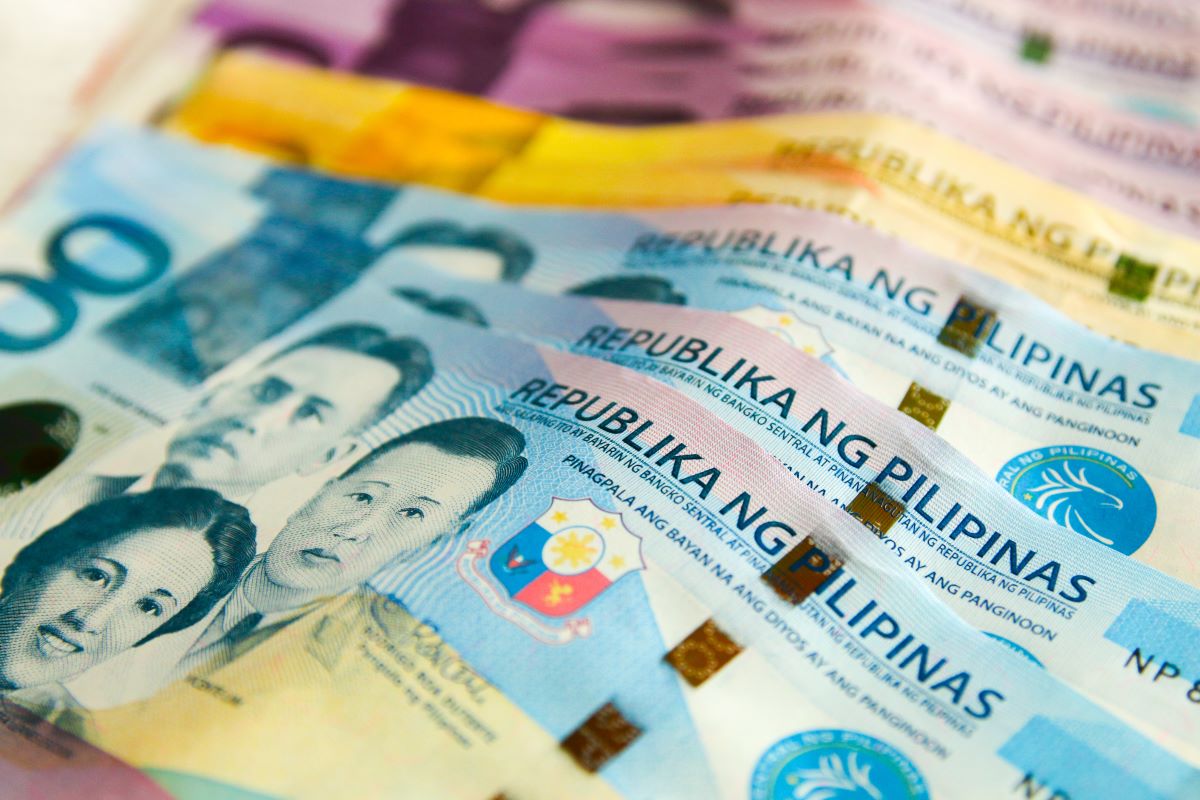Asian currencies are facing the mounting pressure of the rallying US dollar, with the Asia FX market seeing massive declines in recent months. The Philippine peso, which recently hit an all-time low of 59 against the dollar, has weakened over 15% this year, registering one of the steepest declines among Asian currencies.
Currency officials in the Philippines have warned against speculation to mitigate the volatility in the peso, and the central bank has indicated it will raise interest rates to bridge the widening gap with US yields.
Philippine peso and support for the economy
Market stakeholders such as ING, Bank of Philippine Islands and eMBM Services believe the peso will slide to 62 against the dollar. The peso is currently hovering around 58 (as of October 27, 2022).
The country is seeing higher imports as the economy opens from Covid-19 restrictions and demand rises. The Philippine Statistics Authority said the country’s trade gap widened to a record $6 bn in August, 81.3% higher compared to the previous year. “Exports could contract for another month as global demand for electronics stalls. The overall trade balance should test record lows, adding depreciation pressure on the Peso,” said ING in a note.
Meanwhile, the balance of payments recently posted a deficit in September, the sixth straight month and the widest in at least 19 months. The country’s central bank, Bangko Sentral ng Philipinas (BSP), said it recorded a deficit of $2.339 bn in September.
“The balance of payments (BOP) deficit in September 2022 reflect outflows arising mainly from the Bangko Sentral ng Pilipinas’ net foreign exchange operations and the National Government’s payments of its foreign currency debt obligations,” BSP said.
The Philippine central bank has spent $8 bn of foreign exchange reserves in 2022 to shore up the peso, as per Exante Data, a data and analysis firm. Economic data aggregator CEIC found that the country’s total foreign exchange reserves were measured at $82.3 bn as of September 2022, down over 12% this year.
Separately, President Ferdinand Marcos Jr. also commented on the peso’s decline, saying that the Philippines was ready to defend the currency. “Number one priority is still inflation. We will continue to use interest rates to mitigate the effects,” Marcos said on Twitter.
While the central bank has attempted to stem losses in the Philippine peso, there has been little improvement in the currency. The central bank has now indicated “aggressive” monetary policy tightening to bring down inflation, which averaged 5.1% for the nine months to September against a target of between 2%-4%.
However, the central bank Governor Felipe Madalla has said that the peso hitting 61 against the greenback was “not the end of the world”. Madalla indicated that the central bank will hike rates in response to inflation and not to prevent the peso from declining past 60 against the dollar.
The central bank has already delivered 225 bps of rate hikes this year, with another 100 bps expected to come by the end of the year.
The Philippine economy is expected to grow at 6.5% in 2022, as per Asian Development Bank’s September forecast. The IMF also sees the Philippines expand by 6.5%, weaker than its previous estimate of 6.7%.










 Australia
Australia China
China India
India Indonesia
Indonesia Japan
Japan Malaysia
Malaysia Philippines
Philippines Singapore
Singapore South Korea
South Korea Taiwan
Taiwan Thailand
Thailand Vietnam
Vietnam
 Germany
Germany Hong Kong
Hong Kong Switzerland
Switzerland Singapore
Singapore
 United Kingdom
United Kingdom







